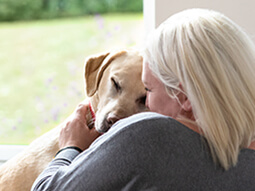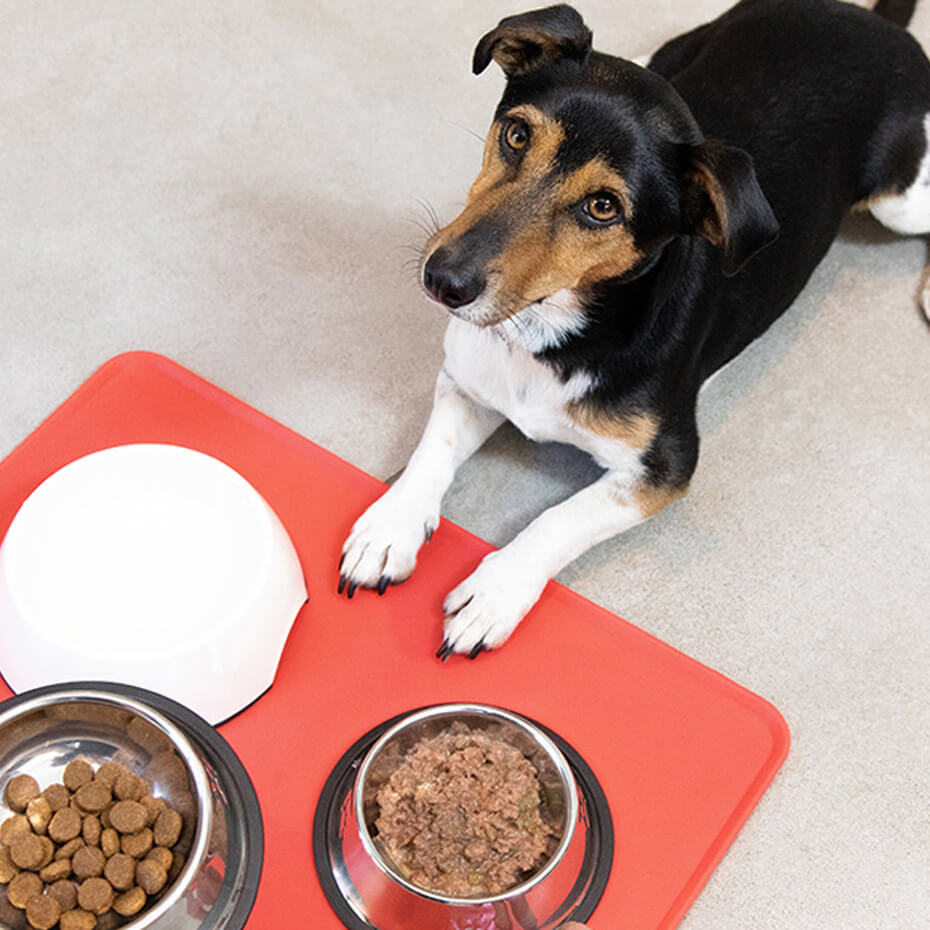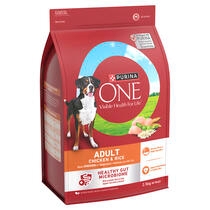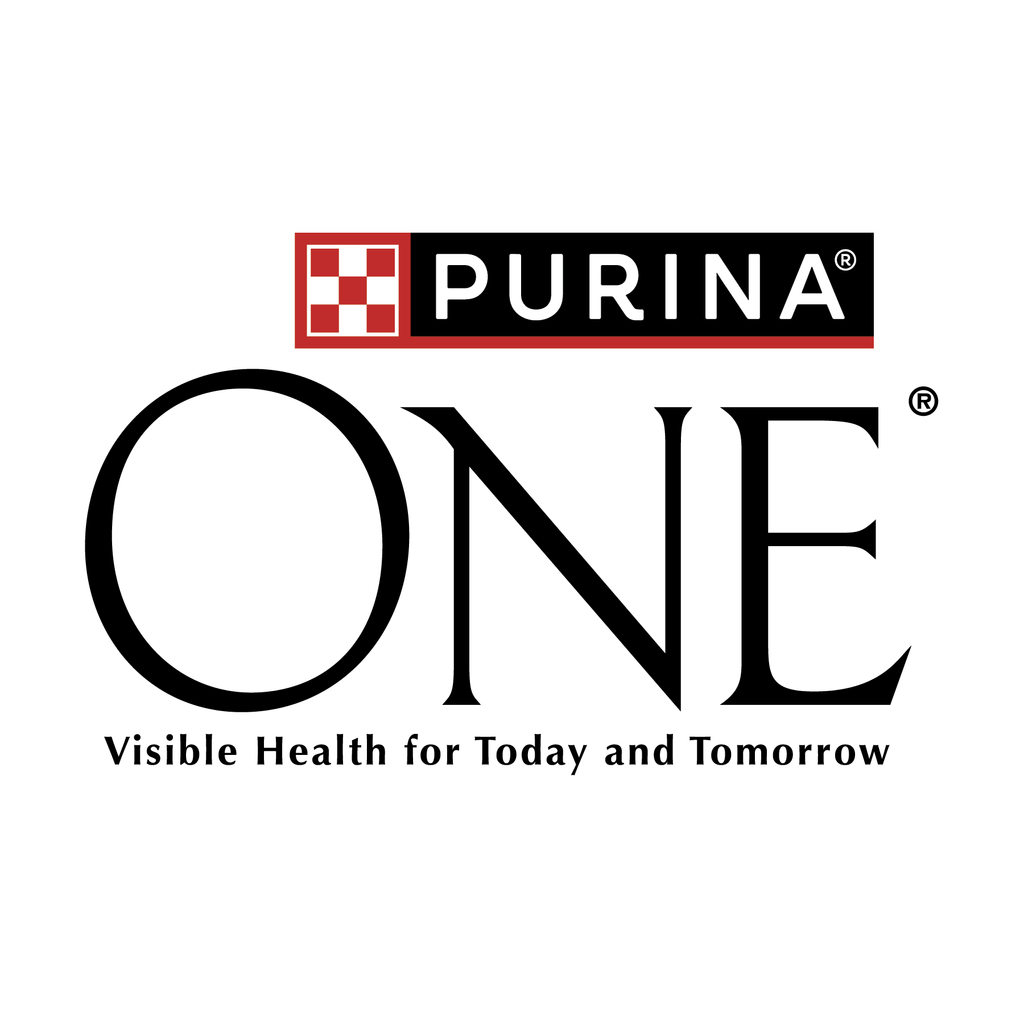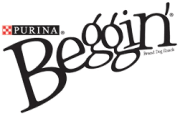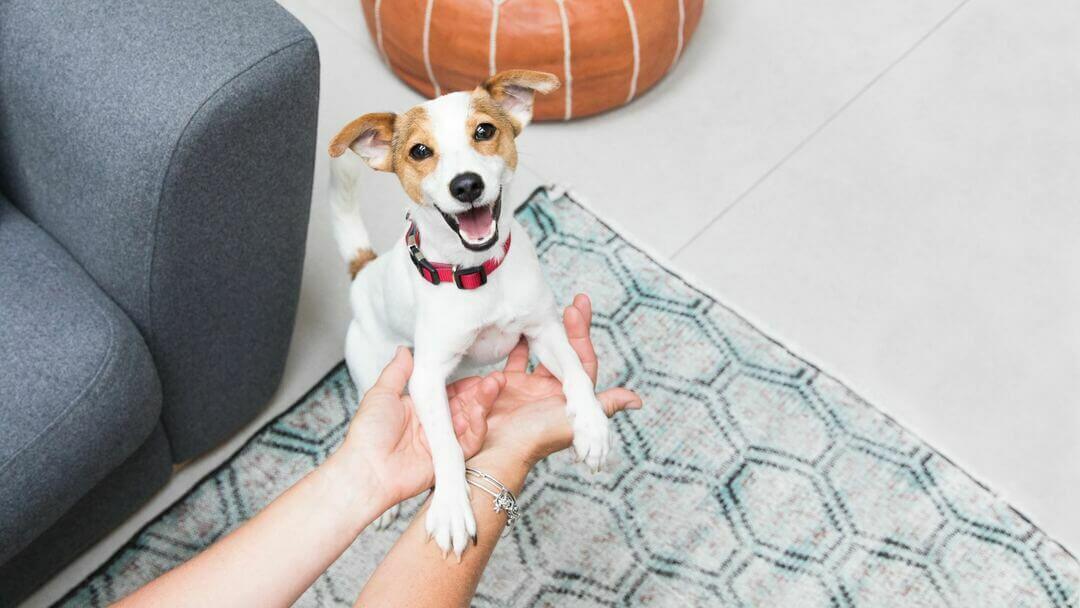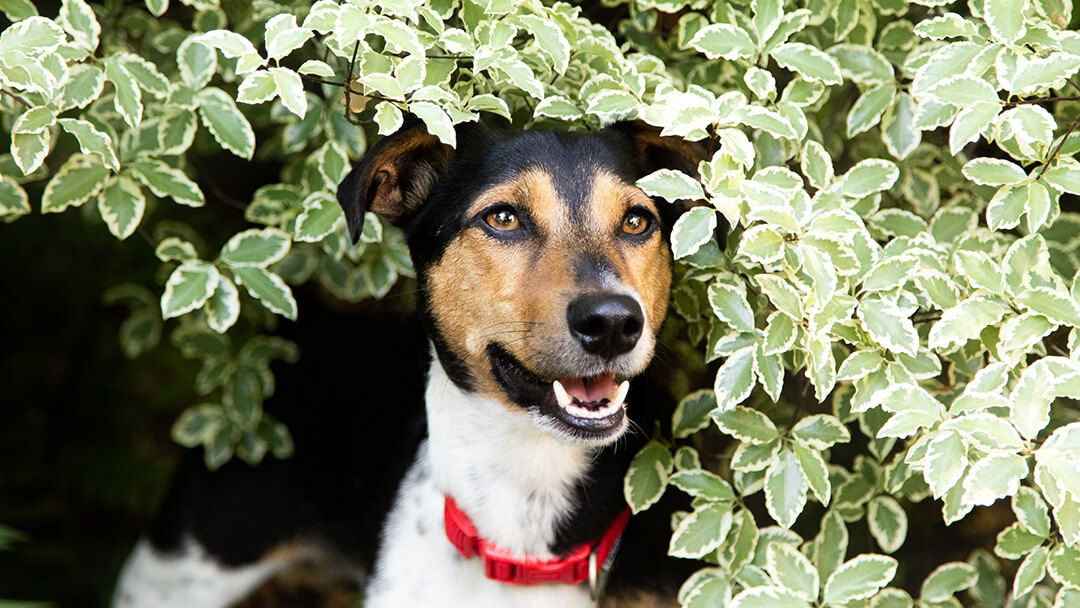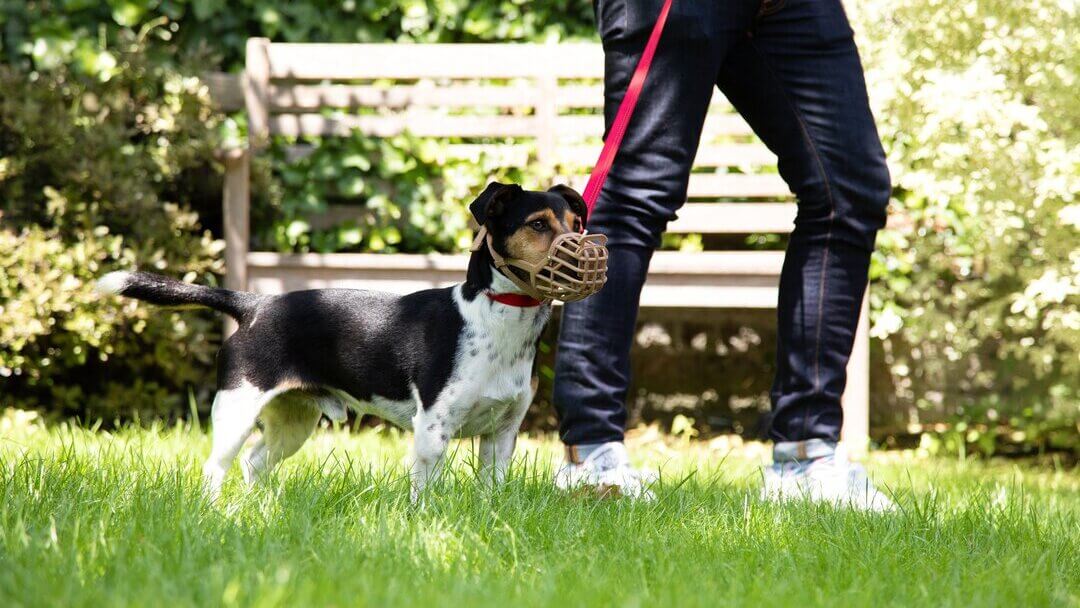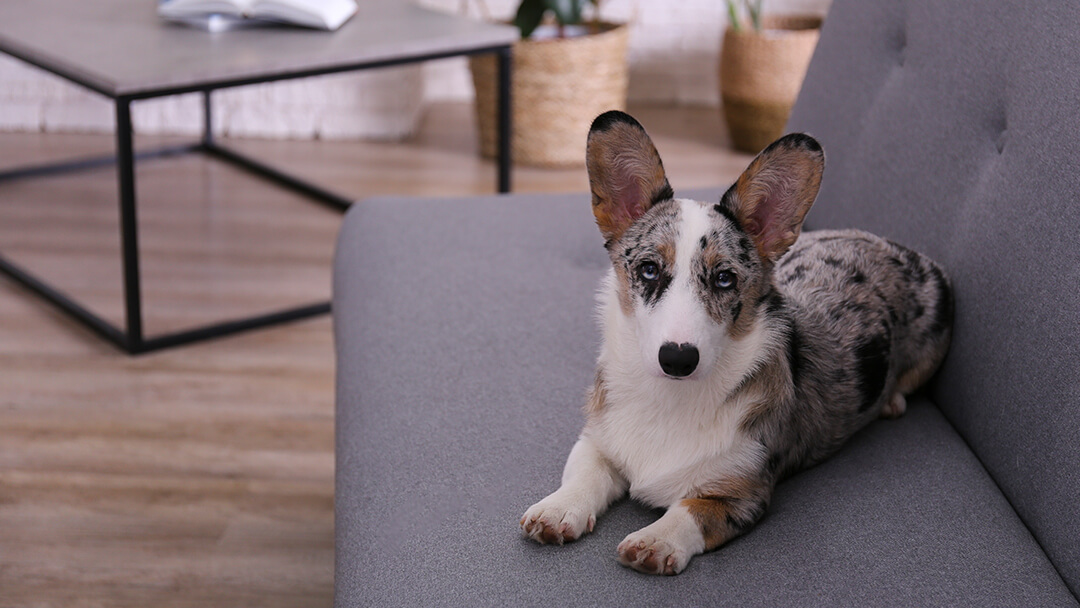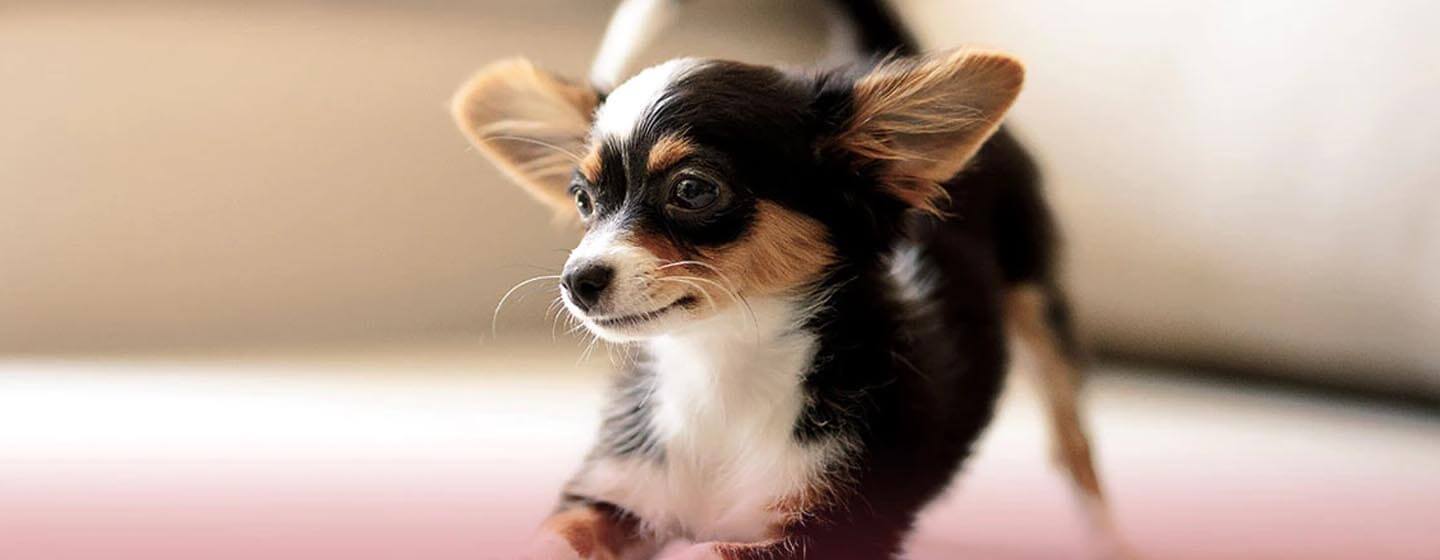
Time to Grow
How to plan and prepare for your small dog’s needs as he grows and develops
Unlike some large dog breeds that can reach an unhealthy weight with too much food and not enough exercise, small dog breeds and toy dog breeds burn calories quickly. In fact, a Pomeranian needs more than twice as many calories per kilogram as a Great Dane. With regular exercise and the right diet, it is unlikely that your pet will develop into an overweight small dog. But it is still very important to keep an eye on your small dog’s weight, his shape and his energy levels, as he grows from a puppy into adulthood, or from an adult into a senior dog.
Learn about body conditioning
Your vet will probably use a system called ‘body conditioning’ to check if your small dog’s weight is fine. This means to do an evaluation of his body shape and fat stores, standing behind your small dog and looking at his shape, from the side and from above. Your vet will also feel your small dog’s rib cage, around his neck and underneath his belly. On a healthy, active small dog, you should be able to feel his ribs and see the definition of his waist, and his tummy should not droop downwards. There should be no fat around his neck, either.
Ideal weight & shape
Every small dog breed is different so it is important to ask your vet what a healthy weight and shape should look like for your small dog’s breed – for example, the ideal weight for a miniature Dachshund (around 4.5kg) is very different to that of a standard Dachshund (up to 12kg). Bichon Frise and Shih Tzu breeds both have a thick, fluffy coat, which can make these small dogs look heavier than they really are.
Mealtimes with bite
Small stomachs and little mouths give small dogs a healthy appetite – especially at the puppy stage when your small dog will use up the energy from each meal in a matter of hours. Feeding little and often – up to three or four meals a day – is advisable. Your small dog will appreciate nutritionally complete dry recipes with smaller pieces of crunchy kibble or moist meals with small chunks of meat and vegetables – either of which will be easy for your small dog to chew and digest.
Make regular checks
If your small dog has a healthy weight and shape right now, take a photo. Then set up a reminder in your diary to check and note your small dog’s weight and shape every two months – including a photo each time. If you do notice any obvious increase or loss of weight, always contact your vet for advice.
Deal with fussy eating
Some small dog breeds, such as the Bichon Frise and the Yorkshire terrier, are known to be picky eaters, and will often leave meals unfinished. Keeping an eye on your small dog’s weight and body condition will make sure any loss of weight does not go unnoticed. It also means you can gradually make effective changes to your small dog’s feeding plan over a two-week period.
Small dog feeding tips
Fussy eaters will appreciate little meals, served more often – up to three times a day. The best choice is a nutritionally complete dog food for small dogs – either dry food with small pieces of crunchy kibble to suit little mouths, and/or moist meals with small chunks of meat and vegetables. Both options are easy for your small dog to chew and digest. Avoid feeding your pet titbits or leftovers from the family meal table and, if you have several small dogs, monitor meal times so you know exactly how much each of your small dogs is eating.
